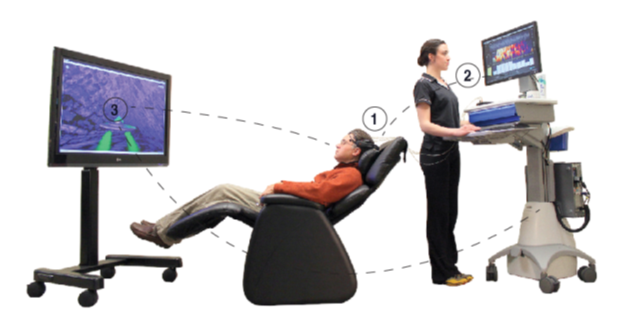Revealing the Mysteries of the Brain Through Quantitative EEG Cerebral Mapping Techniques in Mental Health Assessment
Revealing the Mysteries of the Brain Through Quantitative EEG Cerebral Mapping Techniques in Mental Health Assessment
Blog Article
Comprehending the human mind is a challenging endeavor, particularly when it comes to mental health. Traditional approaches of assessment frequently depend on conversations and questionnaires, which can sometimes miss important details about how the mind operates. This is where qEEG brainwave analysis, or qEEG, enters into the picture. qEEG is a specific method that measures electrical activity in the brain. By analyzing these neural patterns, mental health experts can obtain important understandings into a person's mental state, aiding to enhance diagnosis and intervention.
qEEG works by placing small sensors on the scalp to record neural signals. These sensors detect neural impulses produced by nerve cells, the cells in the cerebrum that interact with each other. The data collected is then analyzed and displayed as a series of patterns. Each kind of brainwave—such as alpha, β, δ, and θ—corresponds to different psychological conditions and activities. For example, α oscillations are often associated with calmness, while beta waves are associated to engaged thinking and issue resolution. By analyzing these patterns, clinicians can detect abnormalities that may suggest mental health concerns.
One of the major advantages of qEEG is its ability to provide objective data. In contrast to conventional evaluations that rely on subjective reports from clients, qEEG offers a clear picture of brain function. This clarity can assist minimize prejudices in diagnosis and lead to more accurate treatment plans. For example, if a client is facing anxiety, qEEG can show specific patterns of brain function that are associated with anxiety disorders. This information allows psychological health experts this page to customize treatments more efficiently, whether through counseling, pharmaceuticals, or other approaches.
Additionally, qEEG can be especially beneficial in monitoring treatment progress. By conducting qEEG assessments at different points during therapy, clinicians can track variations in neural function over period. This ongoing assessment assists determine whether a treatment is effective or if adjustments are needed. For example, if a patient is not responding to a specific medication, qEEG may indicate that their neural function has not changed in a manner that suggests progress. This response cycle can result to more customized and efficient psychological health treatment.
In summary, qEEG cerebral mapping is a potent instrument in the domain of psychological health evaluation. By providing objective data about brain function, it improves the comprehension of different psychological health disorders. This method not only assists in precise assessment but also assists in tracking intervention success. As psychological health professionals continue to explore the potential of qEEG, it holds promise for improving the well-being of people dealing with psychological health issues. With continuous investigation and progress in technology, the mysteries of the brain may turn clearer, leading to better outcomes for those in need of support.